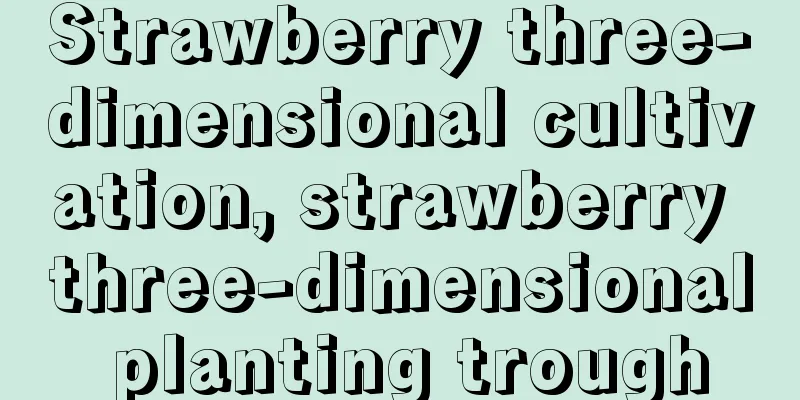What should I do if there are too many roots of the soil-grown green radish and the pot is full of roots?

1. RepottingIf there are too many roots of the soil-grown green radish, the original pot will not be able to provide enough space for it to grow, so it is necessary to change the pot as soon as possible. Replacing the plant with a larger flowerpot and properly pruning the old and rotten roots when repotting can help new roots grow better and allow the roots to better absorb water and soil nutrients. Note: Although the plant has many roots, try not to prune the strong roots when repotting. Just cut off the old roots and rotten ones. After pruning the roots, you can apply some wood ash to prevent rot after planting. 2. Divide the basinWhen its roots fill the pot, you can divide the pots into multiple pots. Carefully separate the green radish and underground rhizomes from the mother plant and replant them in other pots. If old or weak roots are found during the repotting process, they should also be cut off. This can improve the root absorption capacity and reduce nutrient loss. Note: When dividing the pots, each clump must have rhizomes, so that the plants can resume growth more quickly after being planted separately. |
<<: How to water Begonia and how often to water it
>>: How to judge whether the green radish lacks water
Recommend
High-yield planting technology of passion fruit
In recent years, passion fruit has performed quit...
How to change the soil and pot of the fortune tree
Time to repot the fortune tree The money tree nee...
What to do if clematis withers
Reasons why clematis wilts The reason why clemati...
What are the cultivation methods and precautions of the big fortune tree?
How to propagate the big fortune tree The big luc...
Do pine trees like water? What kind of environment do they like?
1. Do you like water? Pine trees are relatively d...
Why doesn't the white palm bloom?
Flowering period of white palm The flowering peri...
How long does it take for purple bamboo plum cuttings to take root?
Rooting time of purple bamboo plum cuttings There...
How to propagate the lucky tree by cuttings How to propagate the lucky tree by cuttings to make it take root quickly and have a high survival rate
Cutting time The cutting time of the lucky tree i...
How to propagate and cultivate sunflowers? How to propagate sunflowers without inoculation?
1. Breeding Methods 1. Sowing: Sowing is a common...
White sesame planting time and method
White sesame planting time White sesame is mainly...
What soil is good for growing Milan?
Milan breeding soil Milan is best planted in slig...
When can nasturtium be planted?
1. Planting time Nasturtium planting can be done ...
The difference between Geranium serrata and Geranium serratum
1. Difference of blades The leaves of Geranium ar...
Are you always worried that cuttings will have difficulty taking root? With these "5 kinds" of good things, it will take root in 7 days
Some friends may say that it can also be reproduc...
How to fix the rose wall
1. How to fix When making a rose wall, you can ch...









